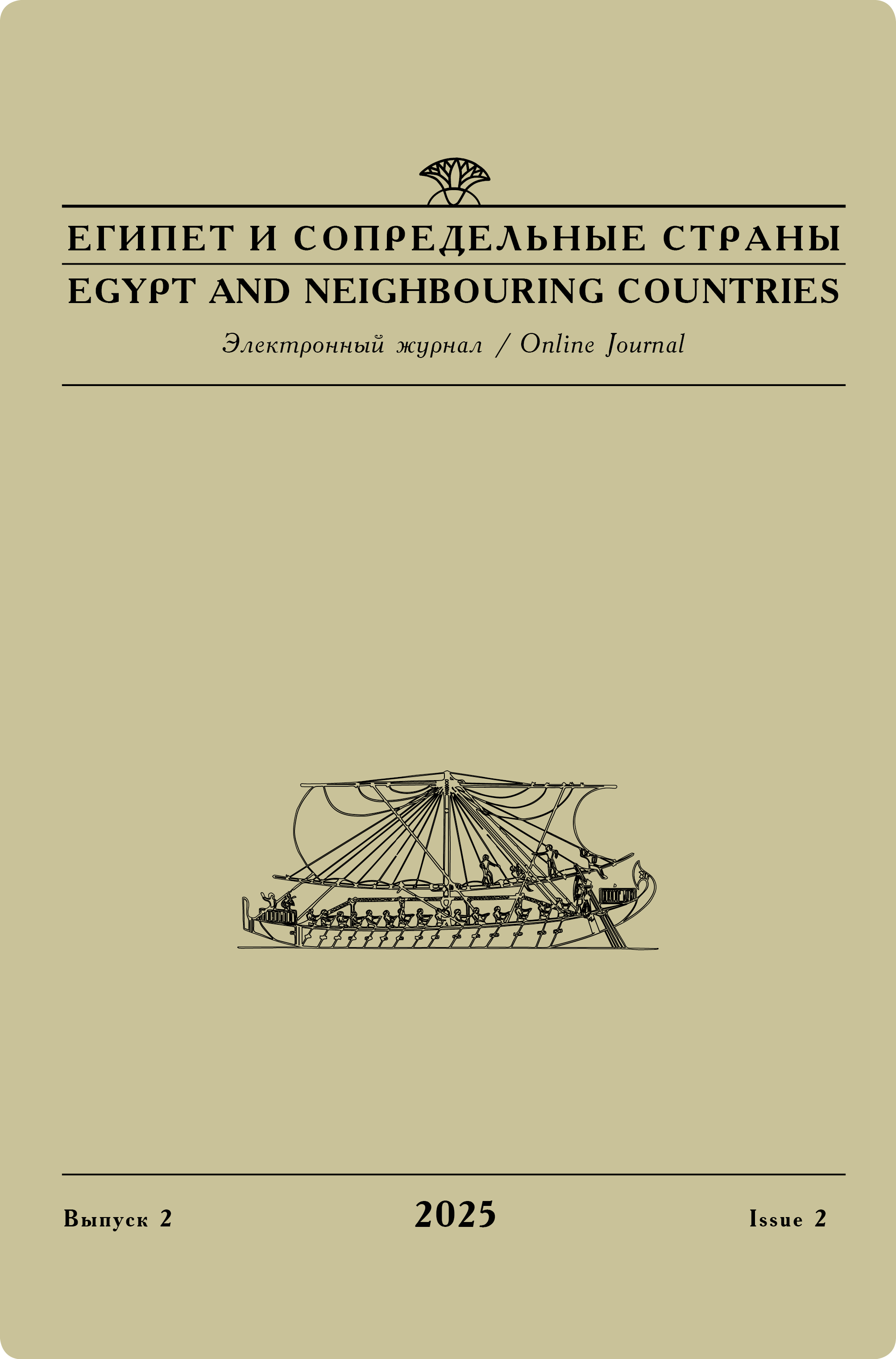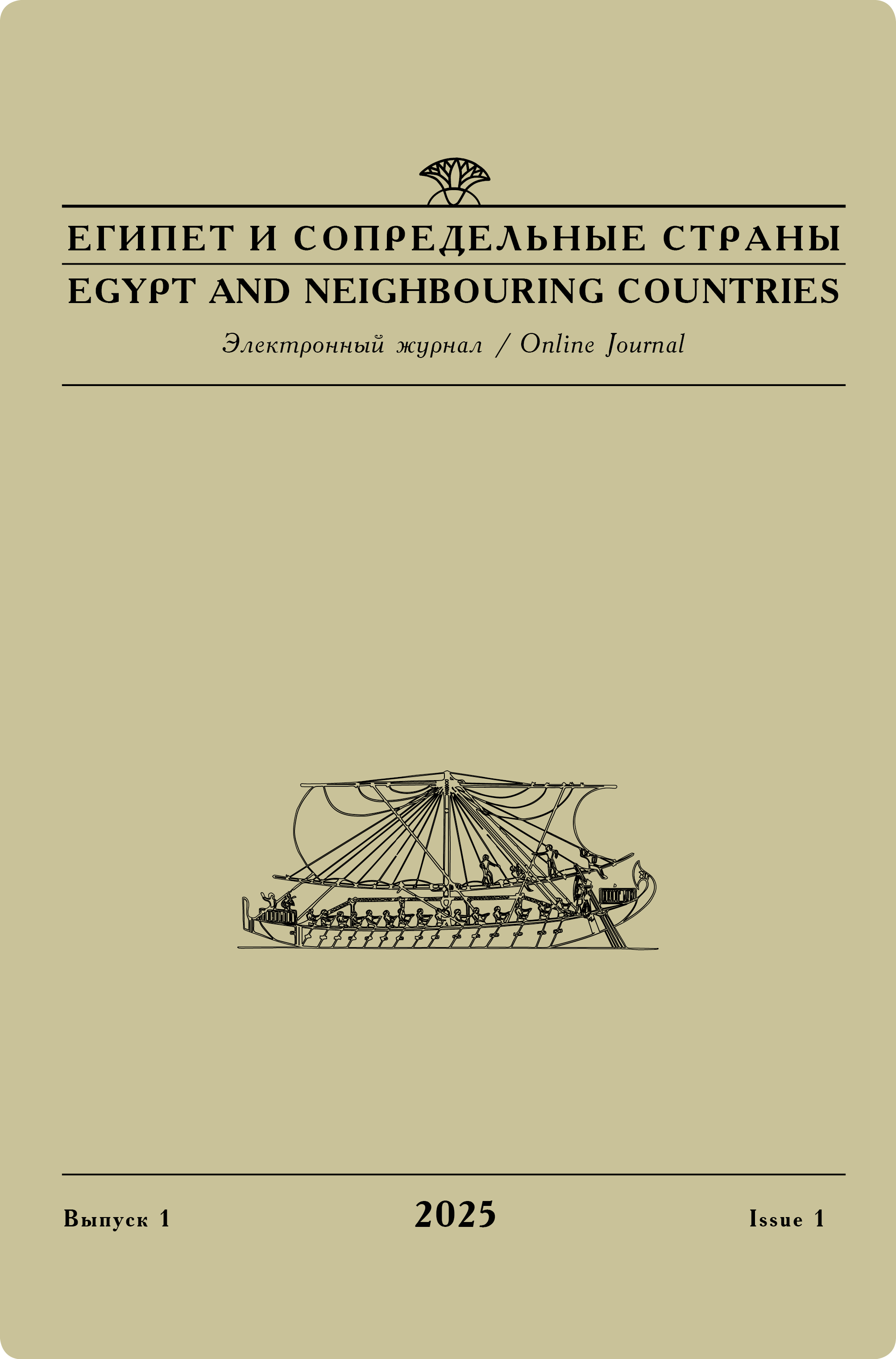Issue 1, 2022
O. V. Orfinskaya
Tekstil'nye tekhnologii Egipta: dekorirovanie tkanei [Textile technologies of Egypt: decorations]
Egyptians knew a large number of techniques for decorating textiles. Decorations could be made in process of weaving or on a finished fabric. Producing an item, a craftsman could use several techniques. For example, on the tunic of Tutankhamun there are both tapestry inserts and embroidery, and stripes with a trim were sewn onto the finished tunic (applications). To give a fabric its specific texture, craftsmen could use threads of different thickness and twists, as well as combine different weaves. However, the most striking and interesting technique for decorating fabrics is tapestry. In the Byzantine period, it reached its highest development. Finds of archaeological fabrics, both clothing items and interior textiles, indicate that colored decorations were widely spread in the daily life of the Egyptian population. These are curtains, bedspreads, pillowcases and mattress covers, which were reused in the funeral rite. Decorations of fabrics differ in quality of work and price of used materials. These indicators make it possible to establish, in particular, the financial situation of a person and his (or her) confessional affiliation. For example, the absence of colored decorations on clothes may indicate poverty of its owner or a certain asceticism that was a characteristic feature of Christians. A wide variety of techniques may indicate active foreign relations of Egyptians and movement of not only goods, but also technologies.
Keywords:
archaeology, ancient textiles, ‘Coptic’ fabrics, fabric texture, fabric weaves, brooches, lanse, ancient embroidery, tapestry inserts, Egyptian clothing.
Original language — Russian.
DOI: 10.24412/2686-9276-2022-00002.
Referring: Orfinskaya O. V. Textile technologies of Egypt: decorations [in Russian] // Egypt and neighbouring countries 1 (2022): 11–39. DOI: 10.24412/2686-9276-2022-00002.
Read full article




